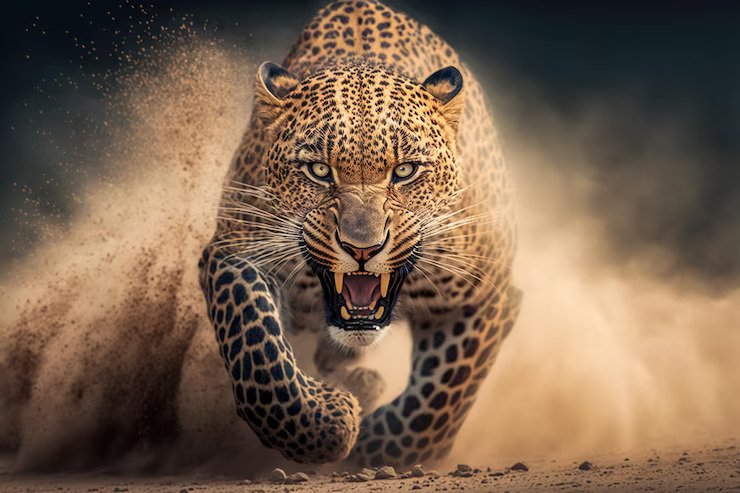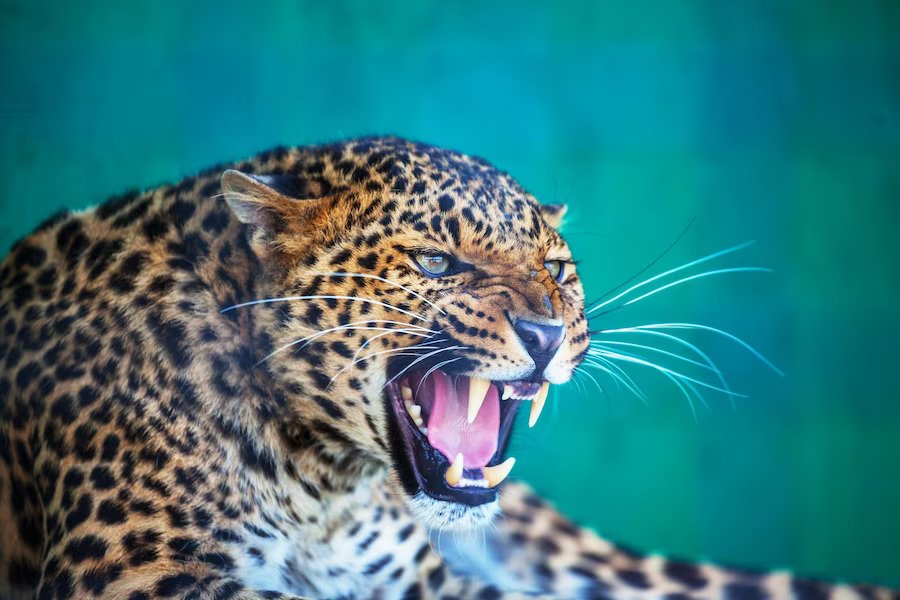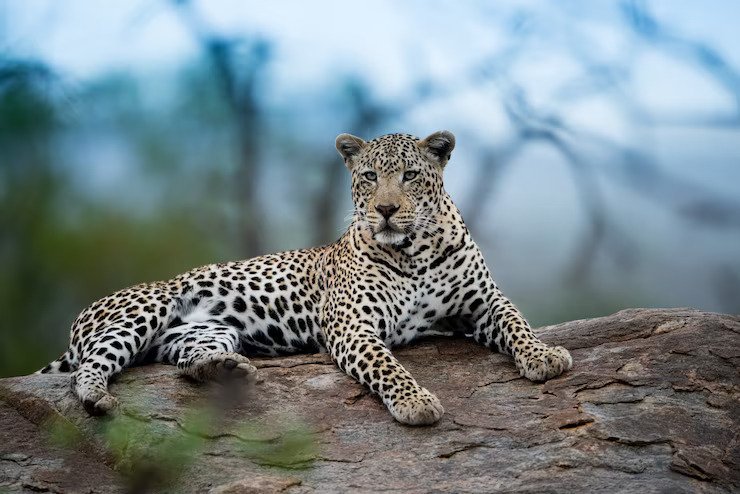Rajkotupdates.News: Cheetah-magnificent-but-fragile-experts-list-concerns-for-cheetahs
Cheetahs are one of the most fascinating and threatened big animals. They are renowned for their lightning speed and gracefulness. Experts are worried about their future, and RajkotUpdates.news has undertaken a thorough case study to understand why. This article will cover prospective conservation measures to protect cheetah populations from the different threats they face.
The cheetah (Acinonyx jubatus) has the record for the fastest land speed in a brief burst, reaching speeds in excess of 70 miles per hour (112 km per hour). Cheetahs are quick and agile predators that can outrun their prey, such as gazelles and impalas, in the savannas and grasslands of their native Africa and a tiny population in Iran.
Rajkotupdates.news:cheetah-magnificent-but-fragile-experts-list-concerns-for-cheetahs
One of the biggest problems facing cheetahs today is the destruction of their natural habitat as a result of human activities like farming and building cities. Cheetah populations are dwindling because of the loss of habitat, which makes it harder for them to find territory and food.
- Cheetahs frequently encounter human conflict when humans, particularly farmers and livestock owners, encroach upon their habitats. Farmers who kill cheetahs to safeguard their livestock may be contributing to the species extinction.
- Cheetahs are frequently the target of poachers due to the high value of their skin in the black market wildlife trade. Their capture and sale as exotic pets have caused cheetah populations to continue to dwindle, and cubs are subjected to unnecessary misery.
- Cheetah populations have experienced a genetic bottleneck that has led to a lack of genetic diversity in the species as a whole. Because of this lack of diversity, the species is more likely to experience health problems, including illness.
- Climate change’s alterations to ecosystems and weather patterns present new obstacles for cheetahs in their search for suitable homes and prey. Climate change has the potential to exacerbate the dangers now facing cheetah populations and the species that provide their food.
Efforts: rajkotupdates.news:cheetah-magnificent-but-fragile-experts-list-concerns-for-cheetahs
Protecting cheetah populations can be facilitated in part by protecting and restoring their native habitats. In order to ensure that cheetahs have access to sufficient territory and prey, it may be necessary to take measures such as reforesting damaged landscapes, applying sustainable land management practices, and establishing protected areas.
- Involving and educating local populations is essential for the survival of cheetah conservation efforts. Teaching people about cheetahs and their place in the ecosystem can promote understanding and cooperation. Funding community-based conservation programmes is also a viable option to encourage locals to safeguard cheetahs and their habitats.
- They are protecting cheetahs from being killed for their skin and cubs by strengthening efforts against poaching and cracking down on the illegal wildlife trade. Together, the international community, law enforcement, and wildlife transportation monitoring systems can accomplish this.
- Studying and keeping tabs on cheetah populations’ genetic diversity can aid conservation efforts and lessen the damage caused by genetic bottlenecks. The long-term survival of cheetahs depends on keeping their gene pool as diverse as possible.
- Mitigating the effects of climate change on ecosystems is crucial for the survival of cheetahs and other endangered species. We can lessen the impact of climate change on cheetah habitats and their prey by encouraging the use of clean energy, lowering greenhouse gas emissions, and bolstering climate-resilient ecosystems.
- Reintroducing cheetahs to regions where they have become locally extinct or relocating them to new habitats are two methods used to increase cheetah populations through translocation and reintroduction programmes. The long-term survival of the reintroduced cheetah populations depends on the meticulous planning and monitoring of such programmes.
- Governments, NGOs, scientists, and communities worldwide are working together to save the cheetah. To ensure the cheetah’s continued existence, it is imperative that all parties concerned devise and implement effective ways to safeguard the animal and its habitats.
- Loss of habitat, human-wildlife conflict, poaching, genetic bottlenecks, and climate change are just some of the dangers cheetahs face. However, the future of these magnificent but vulnerable animals can be secured through concerted conservation efforts like the preservation of habitat, community involvement, anti-poaching measures, genetic monitoring, adaptation to climate change, translocation programmes, and international cooperation. Cheetahs have an essential function in ecology that needs to be preserved for future generations.
Conclusion
As beautiful as they are, cheetahs are in jeopardy of extinction owing to issues including climate change, human-wildlife conflict, poaching, and genetic bottlenecks. However, with persistent conservation efforts, they can make it. We can ensure the long-term survival of this iconic species through habitat preservation, community involvement, anti-poaching measures, genetic monitoring, climate change mitigation, translocation programmes, and international cooperation. Now you know about rajkotupdates.news:cheetah-magnificent-but-fragile-experts-list-concerns-for-cheetahs
We need to save cheetahs because they are crucial to ecological health. The future of these majestic but vulnerable species is brighter as governments, conservation organisations, researchers, and local communities work together to develop practical solutions to combat their threats.



















